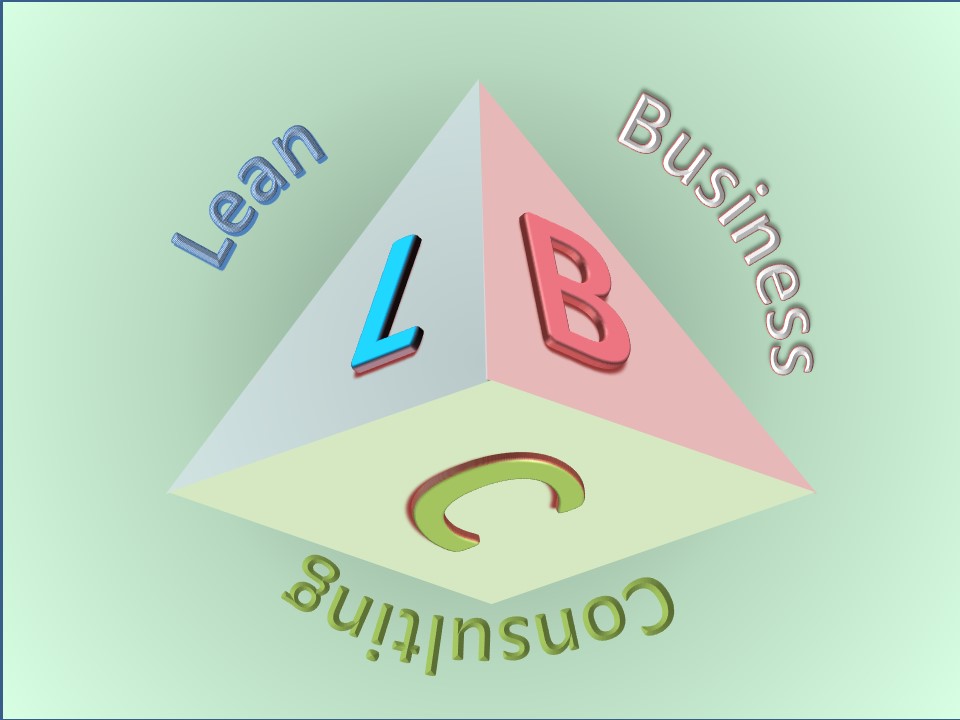This story is about the productivity improvement in a dissolved air flotation (DAF) liquid effluents plant of a factory.
We started carrying out an audit of the existing situation. The plant was run by one operator per shift, who was busy preparing batches of polyelectrolyte solution, de-blocking the sludge outflow from DAF, restoring the operation of the sludge pump between the DAF and the maturing tank, resetting the control panel that stopped frequently triggered by various alarms of the equipment and cleaning the floor and the equipment from spillages. On top of that...
....frequent break downs of the equipment was keeping the maintenance crew busy during the week.
We reverted to the plant manual aiming to restore the initial operating conditions. One of the primary operating conditions was the requirement to maintain the pressure of the tank dissolving the air into the partly recycled processed water at 5 bar. This tank was injecting the compressed water at the entrance of the main stream of the liquid effluents in the DAF tank. At the injection point the dissolved air in the compressed water was forming many small air bubbles that were sticking on the sludge particles pushing them on the surface of the DAF tank. The set point was gradually shifted over the time down to 2 bar because of the poor efficiency of the feeding pumps, which was traced to the poor maintenance plan. This malfunction was resulting in the poor flotation of the sludge in the DAF tank. This was overcome by adding more polyelectrolyte to the effluents stream. The polyelectrolyte boosts the flotation of the sludge and therefore helped to compensate for any drift of the quality of the water coming out of the plant. The first action was to review the frequency and the quality of the maintenance job of the recycled processed water feeding pumps. The next step was to restore the set point of the pressure in the tank of dissolved air to 5 bar. This reduced the required batches of polyelectrolyte solvent and saved a lot of routine job by the operators as well as enough of the expensive electrolyte.
The next phase was to eliminate the operational failures. We focused in the blockages of the sludge flowing out of the DAF tank. The sludge was scrapped from the surface of the DAF tank by a rotating blade, which at the end of each rotation was pouring the collected sludge in a tilted chute that was leading it out of the tank by gravity. We observed that the slope of the chute was not always enough to push the sludge out of the tank, particularly when there was a lot of sludge floating on the surface of the DAF tank. It was obvious that we had to undergo a design change to adapt the plant to the specific requirements of the collected sludge. We added a couple of water jets to push the sludge down the chute, when they were triggered by a laser level indicator that was detecting any accumulation of sludge stuck in the chute. This eliminated any action by the operator, who was in the most of his time observing and helping the proper removal of the sludge out of the DAF tank.
The sludge pump between the DAF tank and the maturing tank was a submersible pump in a drop tank that was collecting the sludge before pumping it to the maturing tank. This pump used to stop very frequently when the sludge was very viscous. We replaced it by an existing pump beside the drop tank that was used in very seldom cases and therefore had the capacity to undertake this extra operation.
All these improvements plus a few replacements of worn out pipes and valves resulted in the elimination of the operational failures that were causing frequent alarms of the control panel. Last but not least, we focused in extending the mean time between the interventions of the operator to prepare the polyelectrolyte batches by increasing the buffer capacity of the polyelectrolyte solution and also increasing its concentration.
As a result of these improvements the effluent treatment plant required a routine attendance of less than half an hour per shift, which was undertaken by production assistant operators. This restructuring released three operators used to replace retired employees and equally important extinguished a poorly designed tiresome and boring job improving the moral and the job satisfaction.
Beside the technical improvement interventions in the liquid effluents plant, it is important to observe the sequence of activities. We started by restoring the initial conditions of the plant operation. Then we improved the maintenance job. We continued with any design improvements to adapt the plant to the specific processing and materials requirements. Finally we reduced the frequency of the operators’ routine jobs. The operators’ involvement is crucial in all the steps. It is therefore essential that the company maintains good and fair industrial relations, to prevent any fear of layoffs as a result of productivity improvements.

